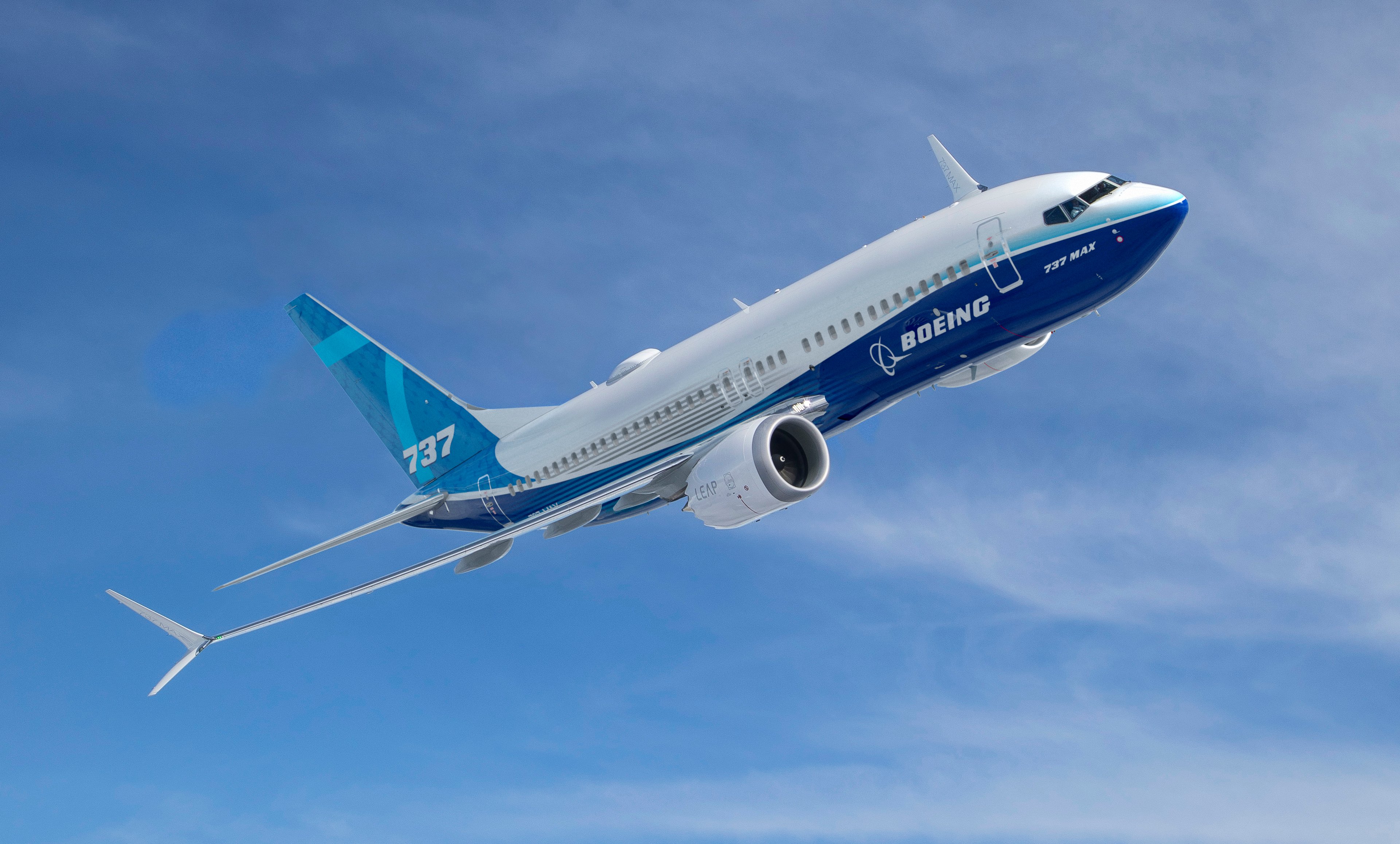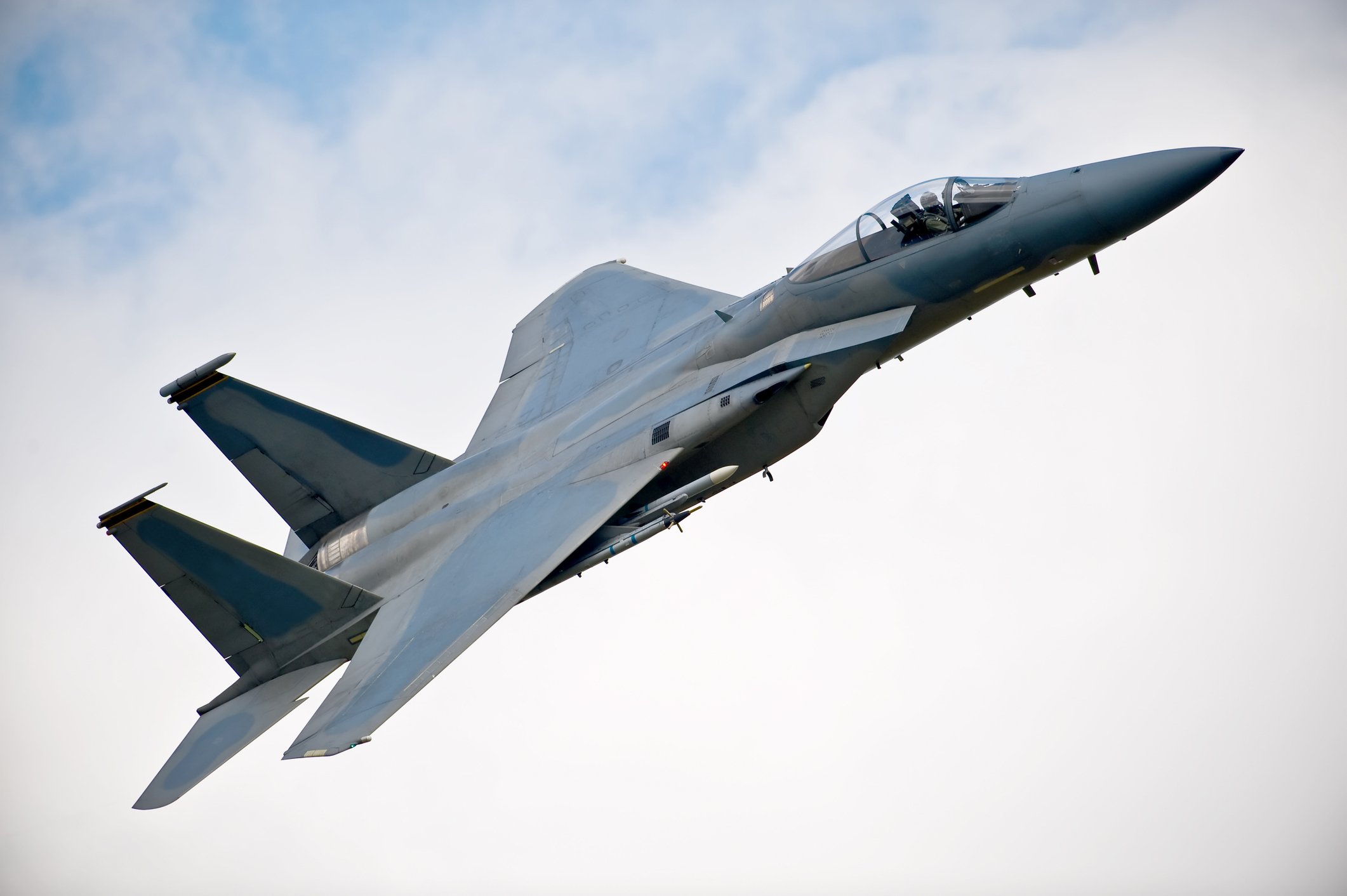Boeing (BA 0.02%) resumed production of its 737 MAX airplane in late May after a pause that began in January. But if the aerospace giant wants regulators to clear the aircraft to resume flying passengers, it will need to make a few changes first.
About 131 pages worth.

Image source: Boeing.
Late Monday, the Federal Aviation Administration released a 36-page document -- with a 95-page "summary" attached -- detailing the changes to software and hardware, training, and maintenance that it wants Boeing to make before it will allow the MAX to return to service.
Many of the items on the list were already expected. Still, the necessary changes are extensive. Among them, wiring throughout the plane is to be rerouted, dual sensors will need to be linked to the aircraft's Maneuvering Characteristics Augmentation System (MCAS) flight software, an alert system to warn of potential MCAS malfunctions will be added, and the MCAS in general will be made less powerful. Part of the reason the 737 MAX had to be grounded in the first place was because the changes that the MCAS could make to a plane's pitch after receiving faulty sensor data were too powerful for pilots to correct manually, which led to a pair of crashes -- and the FAA wants to make sure that doesn't happen again.
However, while this extensive to-do list might sound a bit like bad news for Boeing, it isn't. As The Wall Street Journal noted Tuesday, the codification of the FAA's recommendations actually "signals that the FAA, foreign regulators and the company have reached consensus on the most important fixes and controversial technical details."
It lays out a clear path for the company to follow that will get the Boeing 737 MAX flying again -- and, in fact, improves the chances that the jet will be allowed to return to service, as expected, early next year.






